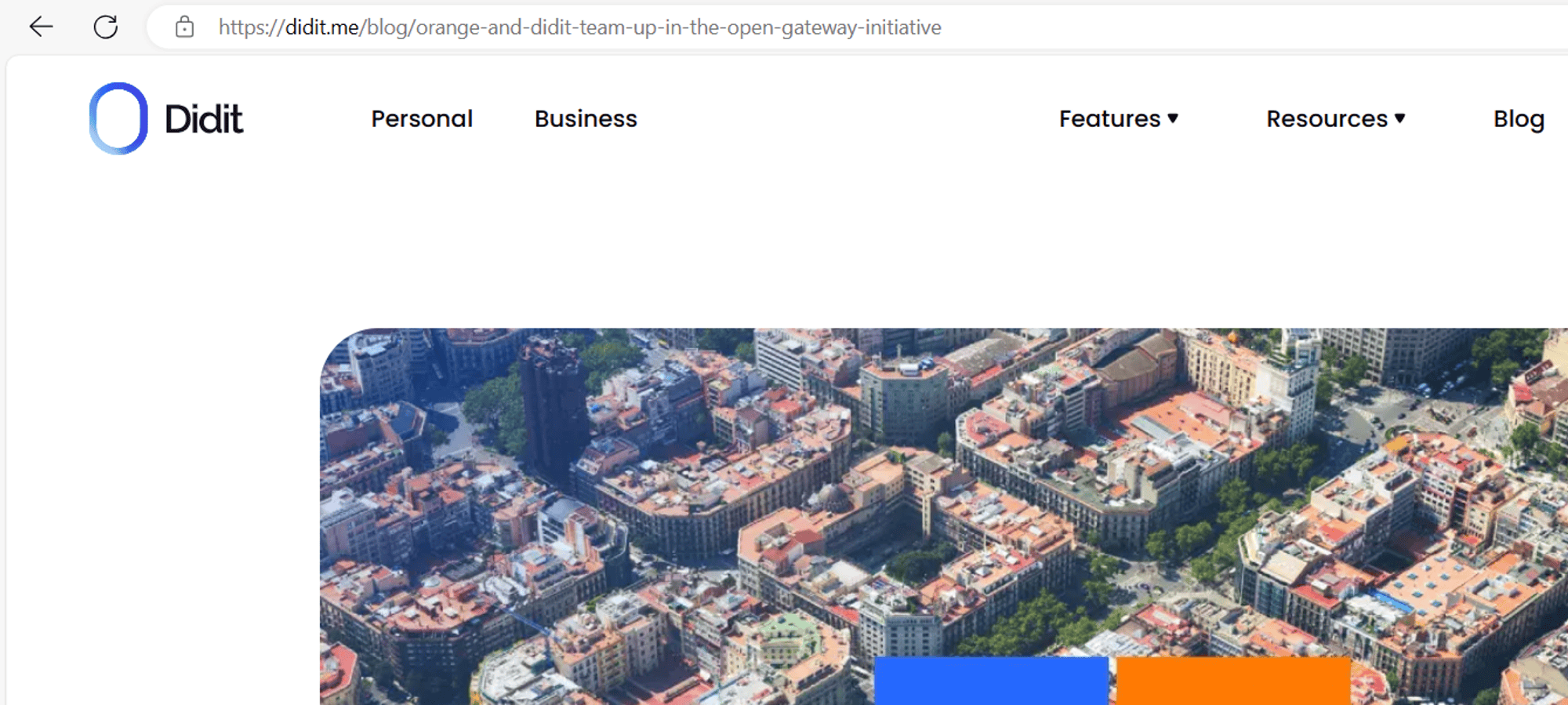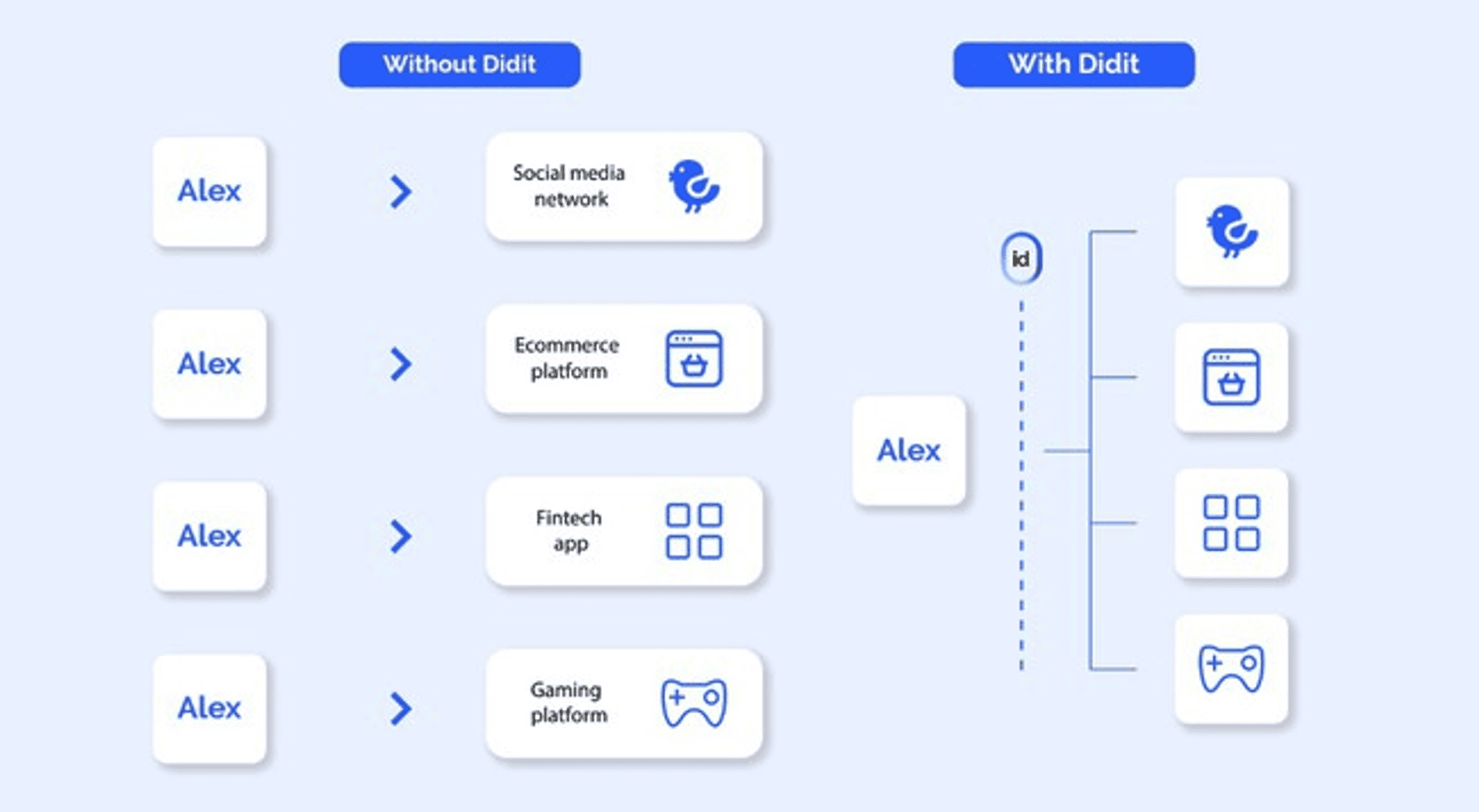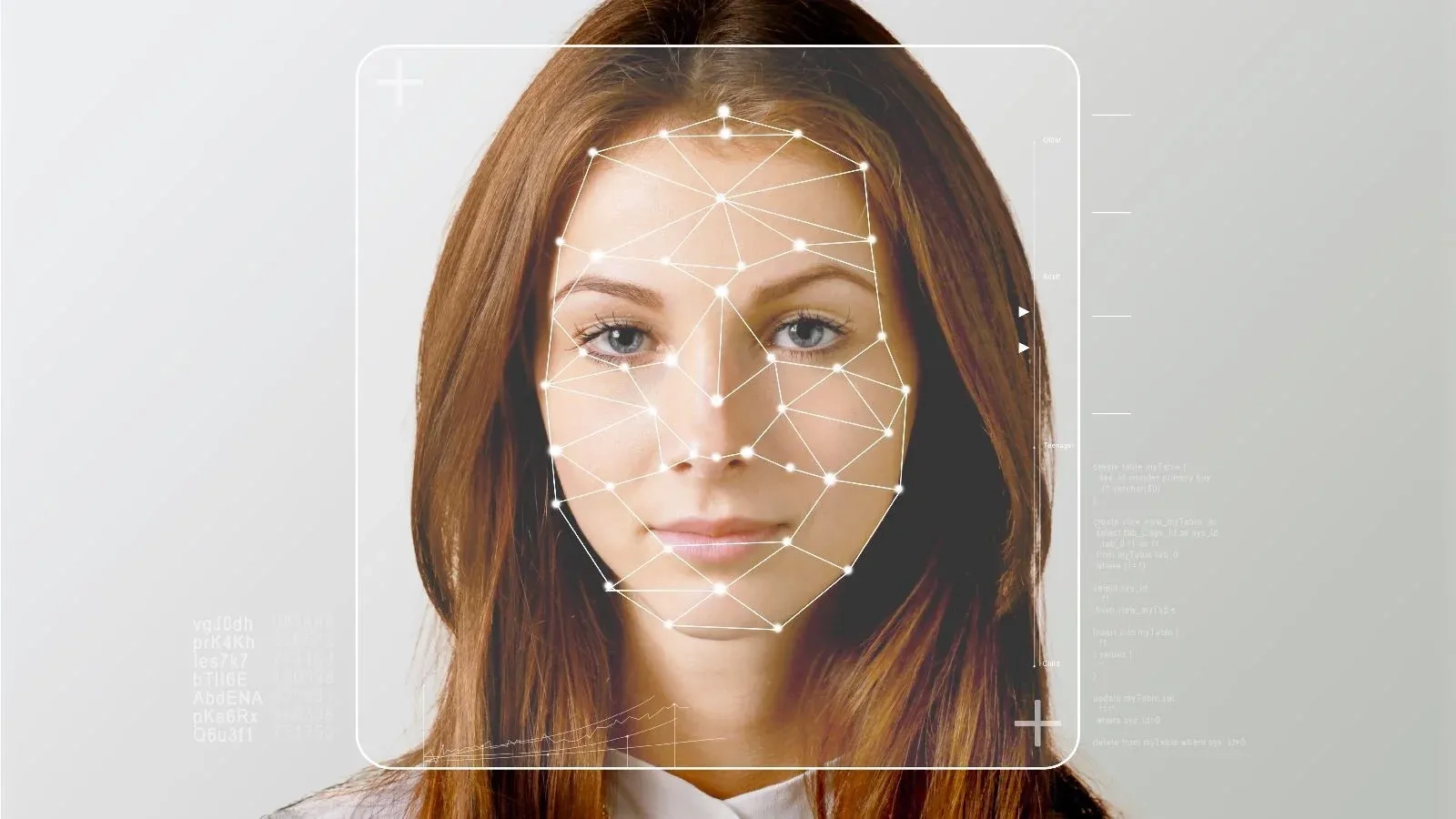Key takeaways
Your digital identity is more than your name and photo: It's the sum of all your online activity, from your social media posts to your online purchases.
Protecting your digital identity is crucial: Identity theft can have serious consequences, such as financial fraud or personal data theft.
Didit offers you a comprehensive digital identity solution: It allows you to control your personal information, protect your privacy and access a secure global economy.
Creating your digital identity with Didit is easy and free: You just need to register and follow the steps to validate your identity.
The internet has forever changed the concept of identity. In the offline world, we could define it as the answer to who you really are. Online, it represents any of the faces an individual can present in the digital universe. This, combined with the rise of bots and generative artificial intelligence, poses a significant risk to the privacy and security of everyone online.
But when did we really start to worry about our digital identity? Do we truly understand how important it is to take care of our online image? Can we be safe on the internet? How can the technology of Didit help address all these concerns?
You will find the answers to all these questions in the following lines, and we promise they will surprise you.
Understanding Digital Identity
In the full swing of the online era, identity goes far beyond a name or a photograph. Currently, we can define digital identity as the set of information, actions, and interactions we leave with every step we take on the internet, allowing a person to be identified.
We're talking about data like personal information (name, last names, age, location...), social media activity (comments, posts, reactions...), online interactions (purchases, searches, subscriptions...) or the perception others have of us online.
Is Digital Identity the Same as Personal Branding?
Not at all. Many people confuse digital identity with personal branding, and they are very different realities. While one refers to the data that allows for online identification, in a much more personal and human aspect, the other discusses our image in a professional context.
Key Features of Online Identity
Just as with identity in the real and physical world, digital identity also has several unique features that make it different from other concepts. This is what we understand at Didit as digital identity:
- It is personal and non-transferable, belonging to a unique individual.
- It is secure, so that no one other than the owner of this identity should be able to access it.
- It is reusable, allowing people to authenticate and verify themselves in any service, physical or digital.
- It is privacy-respecting, in such a way that the owners of this identity decide at all times what information they wish to share and with whom they want to do it.
- It is decentralized, allowing humans to control their information without depending on centralized services.
- It is complete, enabling people to have their entire unique identity and access to a global economy in a single environment.
How Do We Prove We Are Who We Say We Are Online?
A test of humanity like the one conducted by Didit is the best way to know if a person is who they claim to be on the internet and to prevent someone from impersonating another (a fraud known as identity theft).
How do we carry out this test? Thanks to NFC technology, we read the internal chip of official documents like ID cards or passports, and compare this information with different images. In addition, thanks to biometric checks based on our artificial intelligence system, we complete the process and validate the verification.
Protecting Digital Identity
Caution and vigilance are key in protecting our 2.0 identity. Information theft is common, and it's important to follow a few tips to avoid bigger problems.
- Avoid public or unprotected Wi-Fi networks. And if you must use one of these networks, try not to use services that have access to your personal data or contact information.
- Do not use unprotected websites (https:): It's equally important to be careful where we browse. Therefore, special attention should be paid to websites that do not have the secure hypertext transfer protocol (https). You can see this in the navigation bar, ensuring that the information circulating on these sites is encrypted and cannot be intercepted.

- Use secure passwords and change them regularly. Using alphanumeric passwords with uppercase, lowercase, and special characters is key to maintaining good security hygiene. Furthermore, we recommend that the passwords you use be different and have at least 16 characters.
- Regularly update your software. Many update packages include security patches, making it important to always keep your devices up to date.
- Review permissions and privacy policies. Each service has its own policies, and it's rare to see two completely identical regulations. Therefore, it's advisable to pay attention to what we're accepting.
- Monitor your personal data. Periodically search for yourself on various platforms (like Google) and networks to see if someone has impersonated your identity. If so, contact the service in question.
Didit as a Comprehensive Digital Identity Solution
The internet was born without an identity layer, and Didit has created it: that's why we say our mission is to humanize the internet. We do this with an infrastructure focused on offering people a digital identity that truly cares about their privacy and allows them to have control in interactions with organizations.

In this context, Didit not only emerges as a comprehensive digital identity solution but also opens the door for humanity to a secure, fast, and cross-border economy like the blockchain.
Becoming part of this new digital identity is very simple and will cost you nothing. Just create your digital identity at the button below and follow the process to validate your humanity. The new 2.0 identity awaits you.

